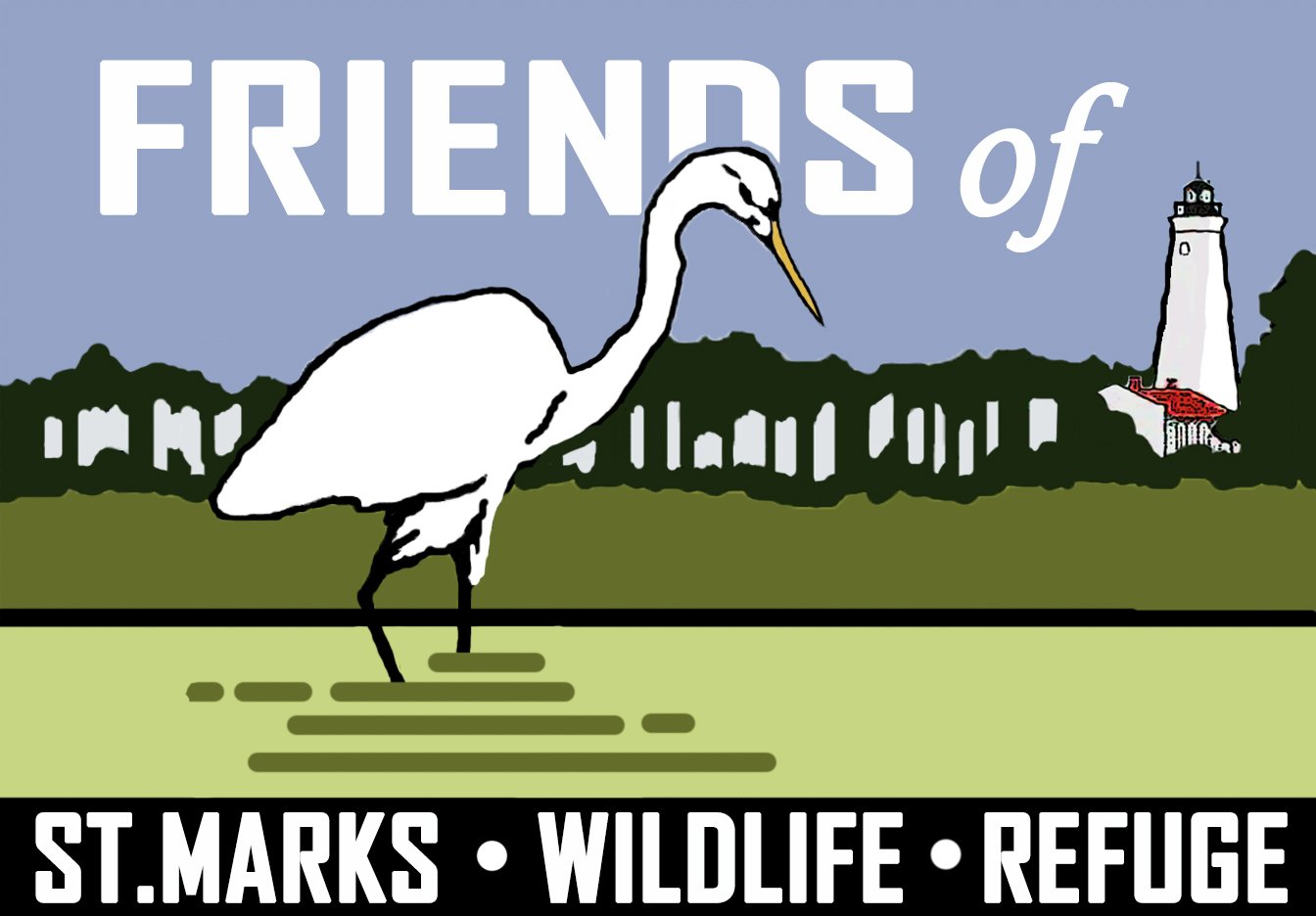I don’t usually go down to St. Marks NWR unless I can get there by 6:00 am. It’s a matter of discipline and, besides, the traffic is lighter early in the morning. However, while having a quiet morning at home I got a text message at 7:58 am letting me know that the American Flamingo was on Stony Bayou II.
I had been at the refuge for the last two days helping out with the WHO Festival on Saturday and doing some freelance recreational birding on Sunday. I have logged 105 species already for February and I have seen this flamingo a hundred times already. Still, I haven’t seen the bird this month and I made a snap decision to head for St. Marks. I tossed some gear into my Honda and pulled into morning rush hour traffic on Capital Circle.
I got to the refuge by 9:00 am, parked at the Double Dikes, shouldered my scope and headed out. It took me almost 45 minutes to get out to the far end of Stony Bayou II where the flamingo had been reported. By that time, I had seen thirty species of birds; Swamp & Savannah Sparrows, Great, Tricolored & Little Blue Herons, Snowy & Great Egrets, White Ibis, Green-winged & Blue-winged Teal and Hooded Mergansers. I ran into several out-of-state birders who had already seen the flamingo and were on their way back. I caught up to a local birder and we walked together up to the flamingo site.
We watched the flamingo for about fifteen minutes. It was resting at first, but then rose up and flew around calling before landing in a nearby spot and beginning to feed. It had called twice, two series of three blatting honks. It is a magnificent bird, but apparently used up all of its beauty credit on good looks and had none left over for its voice.
With my flamingo needs satisfied, I took off alone to take the long way back by completing the circuit around Stony Bayou. I saw a flock of 72 Hooded Mergansers, the largest flock that I’ve ever seen at the refuge. Hooded Mergansers are early Spring migrants and will start moving out this month. The mudflats on the East end of the pool had a few hundred shorebirds, mostly Willet and Greater Yellowlegs with a few Killdeer and Dunlin mixed in.
As I was walking back on the North levee, I saw something low and dark running towards me. Through my binoculars I could see that I was being approached by two otters, one in front of the other and running at a fast gallop. At about thirty feet distance, they saw me, swerved left and went into the canal. I assumed that they would just swim away, but they began to make breaching, curving leaps as they swam together. Then they began to swim in a twisting caress and it occurred to me that it’s February and mating time for otters.
I decided to give the otters some personal space and turned to continue my walk. I noticed a high, pointed-winged bird. The tripod legs on my scope were already extended and I quickly got on the bird. It was a male Kestrel, a small falcon. I could see that it was carrying a small rodent, the long hairless tail hanging limply. The Kestrel landed in a large dead cypress. I watched it for a while as it fed, ripping chunks off of the small carcass..
Nearing the end of Stony Bayou II, I heard Bald Eagles whistling and looked over to see a bird that had just landed on its nest. I put the scope on it and could see that both adult eagles were on the nest. One had just brought something in to feed the other. There was a single downy eaglet sitting with the adults.
By the time I got back to my car, it was almost noon. In three hours, I had completed a five-mile walk, seen a flamingo, an eaglet, a feeding Kestrel and mating otters. All of this is free for the taking at your local National Wildlife Refuge, St. Marks.
Don Morrow, Tallahassee, FL

